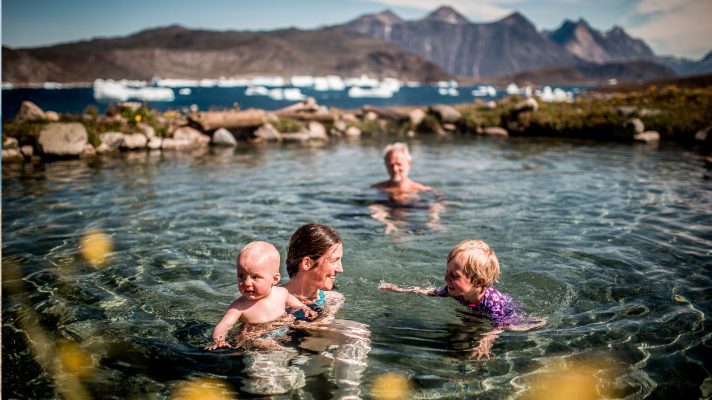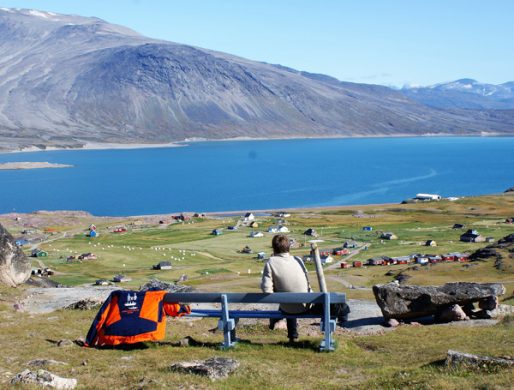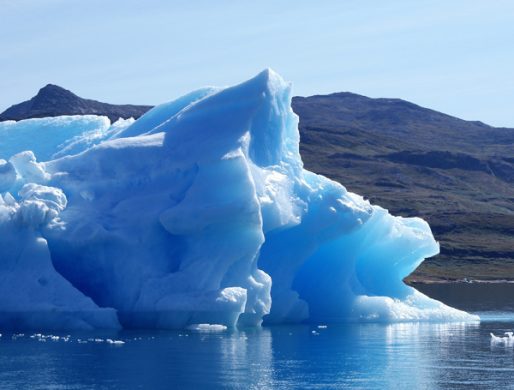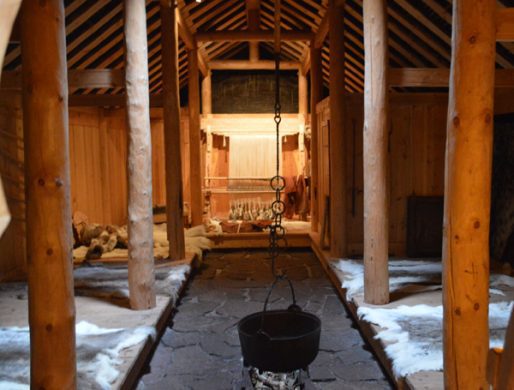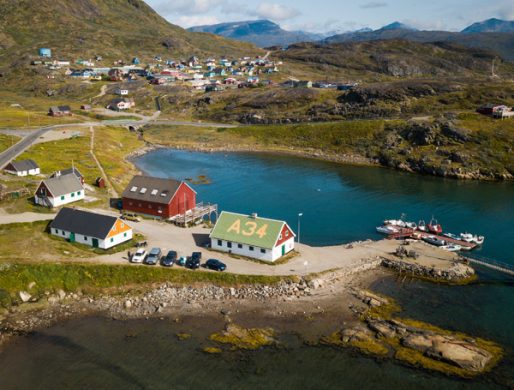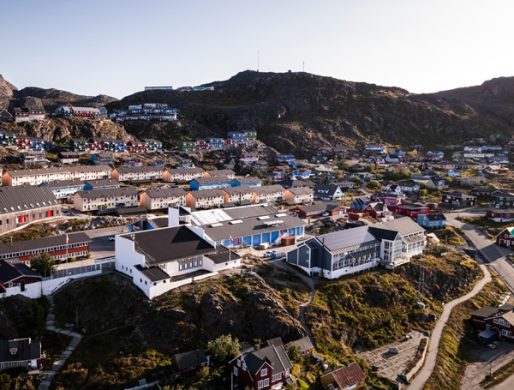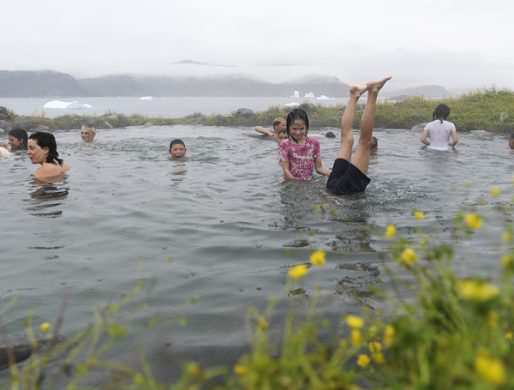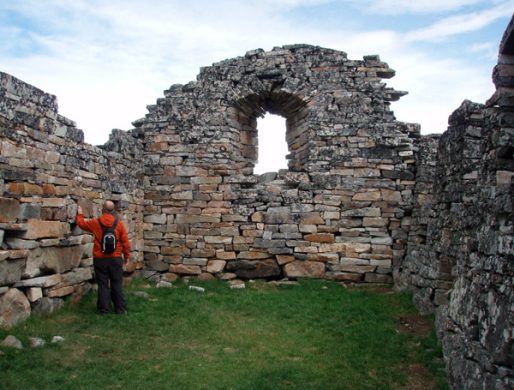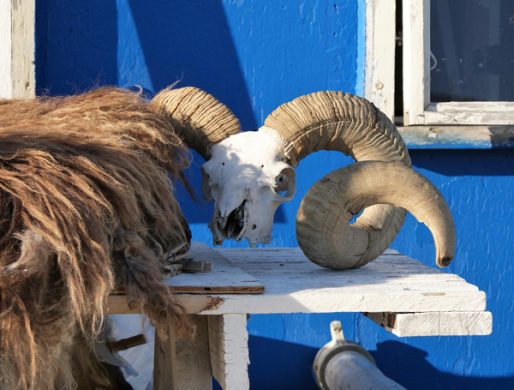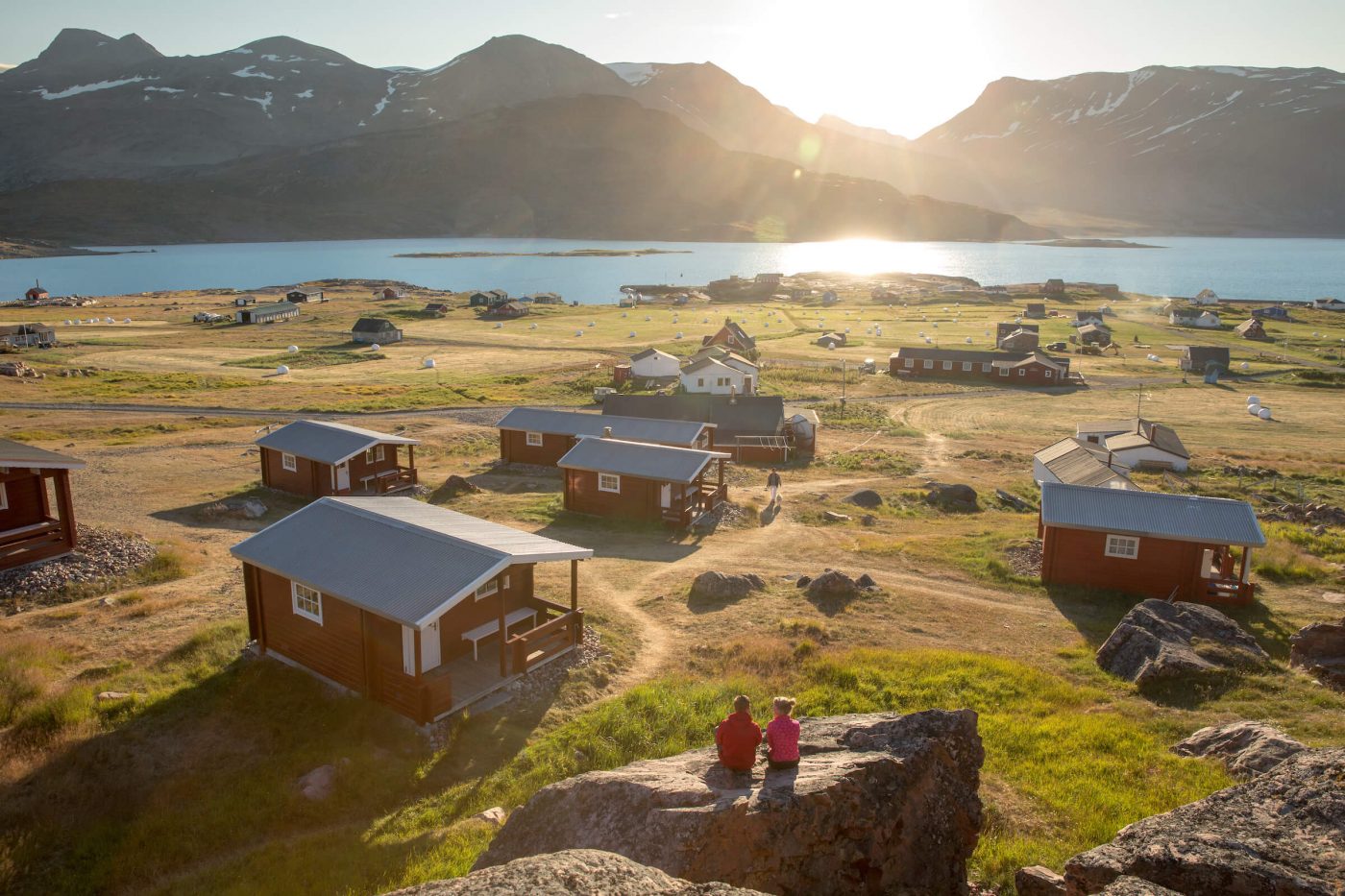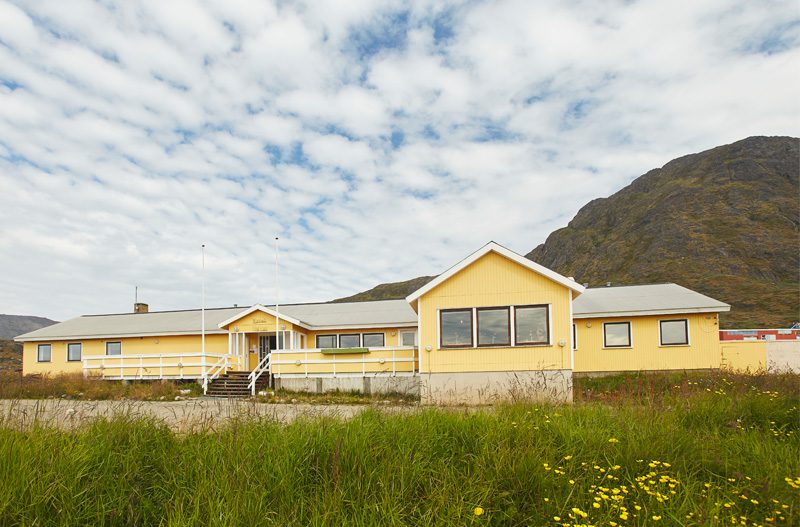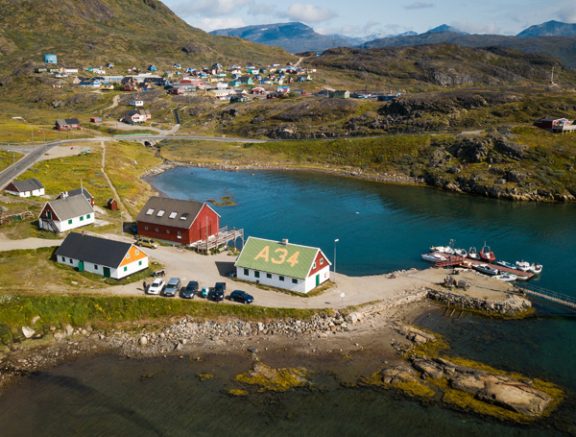Icebergs and Hot Springs
8 days around Igaliku, Qassiarsuk, Narsaq, and Qaqortoq
This is an authentic journey through beautiful South Greenland, where lush meadows, high mountains, and rich wildlife come together to bring you close to everyday life in Greenland.
You are in South Greenland – home to five areas that together form the UNESCO World Heritage Site Kujalleq. On this tour, you’ll visit several of these sites – and more!
For over a thousand years, life here has been shaped by the harsh Arctic nature, which bursts into color during the short summer: green meadows, deep blue seas, pale blue and white icebergs, grey-brown cliffs, and entire mountain slopes covered in yellow and purple flowers.
You’ll hike along trails and paths built and maintained by locals and their sheep, and during this week, you’ll visit two towns and two settlements.
Igaliku and the Plateau
Igaliku was once the episcopal seat of the Norse, known as Gardar. Here you’ll find beautiful ruins and excavations. You can also join an excursion to the Igaliku Plateau, where you’ll be rewarded with a stunning view over the Qooroq Icefjord.
Qassiarsuk and Qooroq Icefjord
On our boat trip toward Narsaq, we stop at the Qooroq Icefjord and Qassiarsuk – formerly Brattahlid, home to Erik the Red, his wife Tjodhildur, and their son Leif Erikson, who later discovered Vinland (present-day Newfoundland).
Narsaq and the Ice Sheet
Narsaq is beautifully located and offers excellent hiking opportunities. You can also join a boat trip to what we call the Twin Glacier.
Qaqortoq – South Greenland’s Capital and the Hot Springs at Uunartoq
Qaqortoq is the largest town in South Greenland and home to several schools, giving the city a lively atmosphere with many young people. The town also features an interesting cultural project, Man and Stone, where artists have carved and decorated stones throughout the area.
From Qaqortoq, you can also take a boat trip to the Hvalsey Church Ruins and the hot springs at Uunartoq – a lovely little oasis where you can bathe in 38-degree-warm water. So don’t forget your swimsuit!
This tour is for those who love being outdoors but also enjoy relaxing now and then with a cup of tea or a glass of wine while taking in a breathtaking view.
